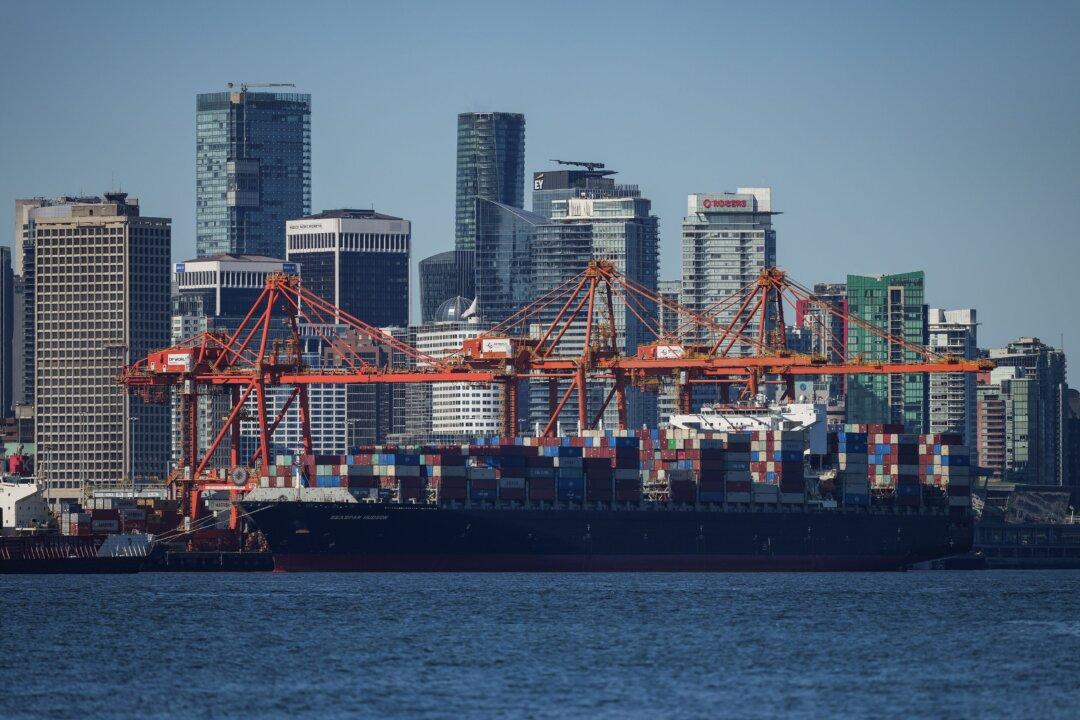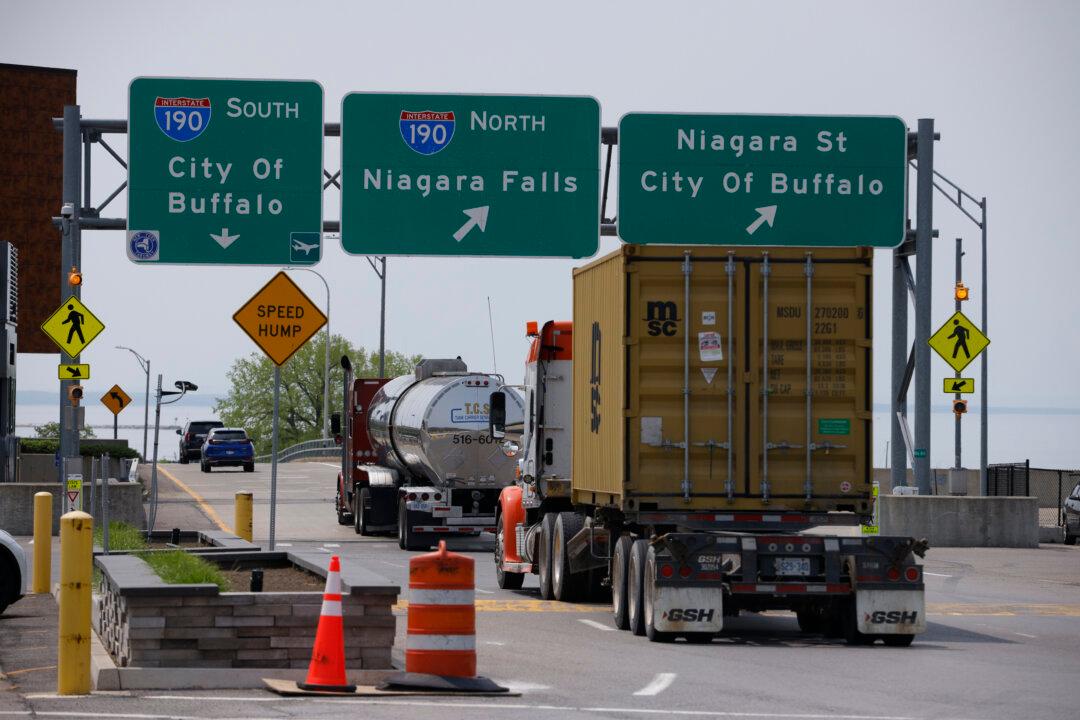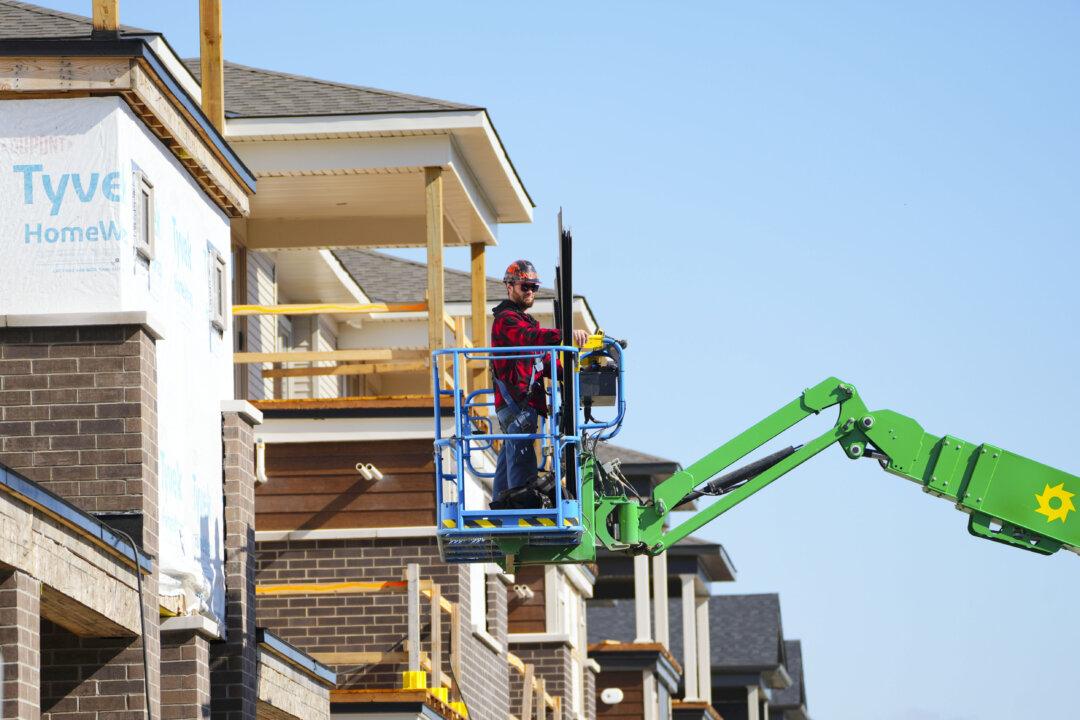The Roxham Road border crossing is suddenly back in the news in a big way. And it’s causing Canadians to take a second look at the issue.
The biggest voice on this file is Quebec Premier Francois Legault, who has been vocal the past few weeks in calling on the federal government to close the makeshift crossing at the Quebec–New York border.
So far, the bulk of migrants who are crossing at what was once just a patch of grass where two rural roads meet, have been making their way to Quebec cities. But absorbing so many migrants who are arriving according to their own schedules has proven challenging for the provincial and municipal resources that typically serve asylum seekers.
Legault has even gone around the Canadian government and directly to the U.S. government to request they amend the Safe Third Country Agreement, which has a loophole that allows people who cross at such locations to still legitimately claim asylum in Canada.
One of his other requests has been fulfilled though, which is for the federal government to do more to disperse these migrants to other cities across the country. However that approach has only created added concerns.
Niagara Falls Mayor Jim Diodati is the latest politician to speak about the strain the influx of migrants is having on his community. “There’s only so much the people here can handle. We’re a community of less than a hundred thousand people and we’ve got several thousand people living in our community,” he said.
The federal government told media in a statement that between June 2022 and Feb. 2023 they have sent 3,000 people from Quebec to Niagara Falls. Hotel rooms that were previously rented to tourists visiting the popular destination town are now housing asylum seekers.
Here we see echoes of what happened recently in America when Governors of southern border states sent asylum seekers to places like New York City and Martha’s Vineyard to give people a sense of how resource-intensive caring for such an influx of persons can become.
The Roxham Road issue first flared up in 2017. Government statistics show that there had hardly been any people trekking across the unofficial border before that year. But things changed when Donald Trump was elected president and Prime Minister Justin Trudeau made his famous social media post about how everyone would be welcome in Canada.
The number of people crossing at that location soared, and it hovered between 15,000 and 20,000 for several years. Trudeau seemed fine to let the status quo prevail as the Conservatives railed against it. The political calculus was likely that the Liberals were fine to have the Opposition go on about something that arguably made them look anti-immigrant.
Then COVID-19 hit and the Roxham Road crossing, which had been made semi-formalized with RCMP processing facilities on hand, was shut down.
When the pandemic restrictions went away though, the crossing roared back to life. Last year saw a record tally of just under 40,000 crossings. The numbers for January of this year—February numbers aren’t available yet—are 4,875, suggesting we’re on track to exceed that record.
The challenge with the Roxham Road crossing isn’t who the people are or where they’re coming from or even how many of them are crossing. It’s how they’re crossing. Immigration is supposed to be a highly-managed affair where governments set intake targets so people enter at a time and place of the government’s choosing. That’s one reason why Canada’s immigration system has been considered so successful and has been looked up to as a model to emulate by other countries.
Yet Roxham Road turns that all upside down, as we permit people to come in at the time and place of their choosing. Instead of being able to prepare for their arrival, we scramble to keep up with the unpredictable numbers.
Canadians, particularly those in the GTA, are now asking a lot of questions about whether our shoddy infrastructure is able to adequately serve the size of our communities. Health-care and transportation infrastructure is increasingly maxed out.
When politicians like Legault and Diodati make appeals to better manage Roxham Road based on public service concerns, this is something that resonates with all Canadians.





